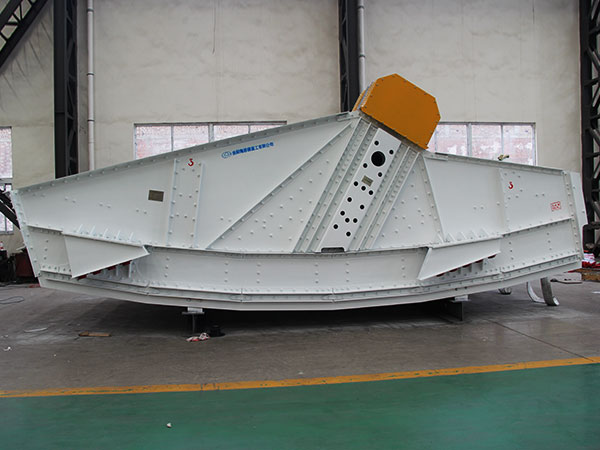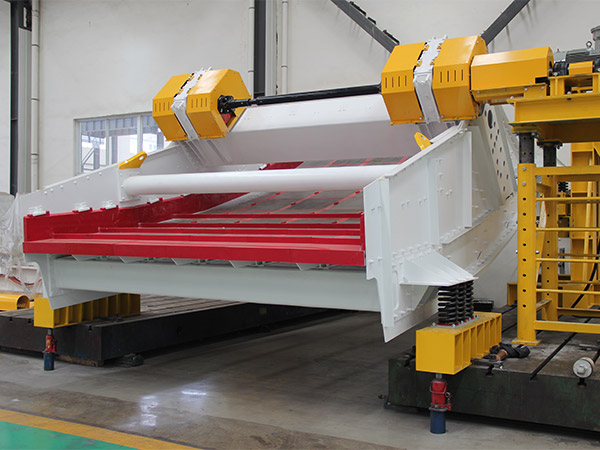What is the general slope of the linear vibrating screen?
The slope of the linear vibrating screen refers to the angle between the screen surface and the horizontal direction. This slope is related to the screening efficiency, because only if the slope is appropriate, the screening of the material can be more accurate. If the slope is too large, the material will be on the screen surface. The residence time will be short, although the discharge is easier, but the material is not carefully screened, if the slope is small, the material will stay on the screen surface for a long time, but the output per unit time will be low, so the slope of the linear vibrating screen is still To be within a reasonable range, what is the general slope of the linear vibrating screen?
What is the general slope of the linear vibrating screen
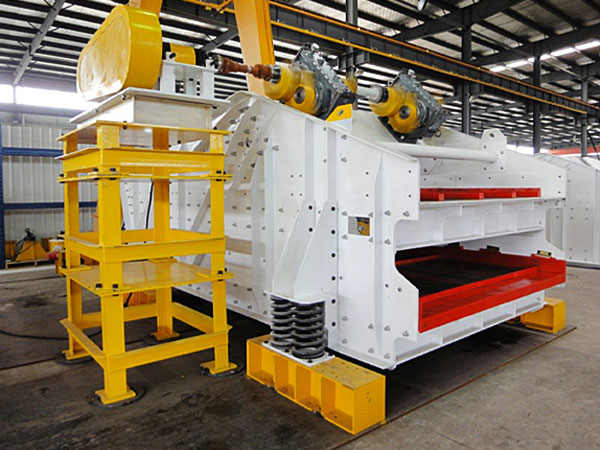
The slope of the linear vibrating screen is generally between 0-15°. If you want to screen special materials, you can increase the slope, but it does not exceed 25°. The material of the linear vibrating screen equipment moves in a straight line on the surface of the screen. Generally, the screen of the linear screen will have a certain inclination angle to promote the flow of the material on the screen. The angle between the screen and the horizontal plane is the slope of the linear vibrating screen. Appropriate slope screening effect is better, not only can the material classification be clear, but also can screen efficiency, but in actual production, the installation slope of the vibrating screen should be adjusted according to the specific properties of the processed materials and the different output requirements, but this The process should also be strictly in accordance with the implementation of the vibrating screen manufacturer.
The slope setting of the linear vibrating screen is related to the material to be screened. The linear vibrating screen is suitable for screening non-viscous dry powders and granules with a moisture content of less than 7%. When the moisture content of the material increases slightly, the linear vibrating screen can adjust the slope appropriately.
The influence of the slope of the linear vibrating screen
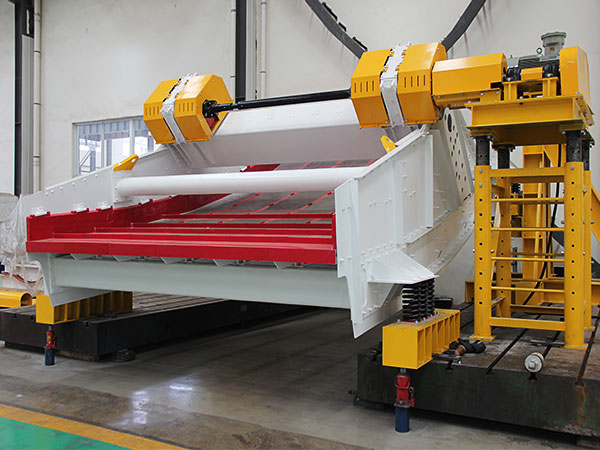
1. Affect the screening efficiency
The slope of the linear vibrating screen will directly affect the efficiency of the vibrating screen. If the slope is too large, the residence time of the material on the screen surface is short, and it is easy to discharge, but it will cause uneven screening of the material and affect the screening fineness.
2. Affect the screening output
The material of the linear vibrating screen equipment moves in a straight line on the surface of the screen. Generally, the screen of the linear screen will have a certain inclination angle to promote the flow of the material on the screen. Under normal circumstances, if the customer does not require the screening fineness and has requirements for the screening output, we can appropriately increase the slope of the linear vibrating screen to increase the jumping speed of the material on the screen surface and promote the material passing rate.
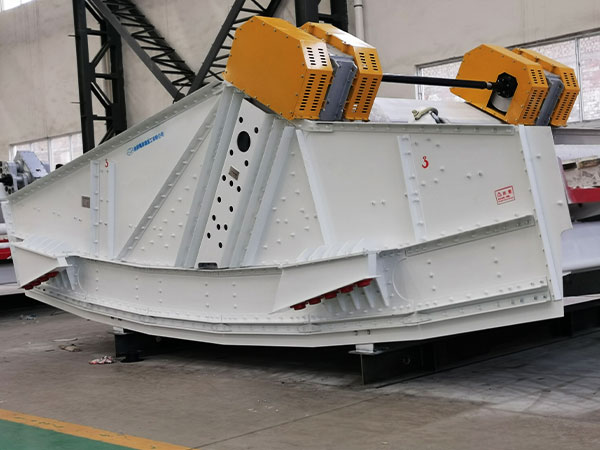
3. Affect material classification
The slope of the linear vibrating screen will affect the classification of materials. The screening principle of the linear vibrating screen is that the material is forced to move forward in a jumping motion, and the material is moved upward by the parabolic movement of the force driven by the screen machine. If the slope is too small, the jumping height of the material is low, the force of falling on the screen becomes smaller, and the classification of the material is not sufficient. Only the appropriate slope can make the classification of the material clear.
Regarding the question of the general slope of the linear vibrating screen, the above answers have been made. The general slope is between 0 and 15 degrees. If you want to screen special materials, you can increase the slope, but it does not exceed 25 degrees. Only the slope range is suitable and reasonable, which is very beneficial for material screening.


